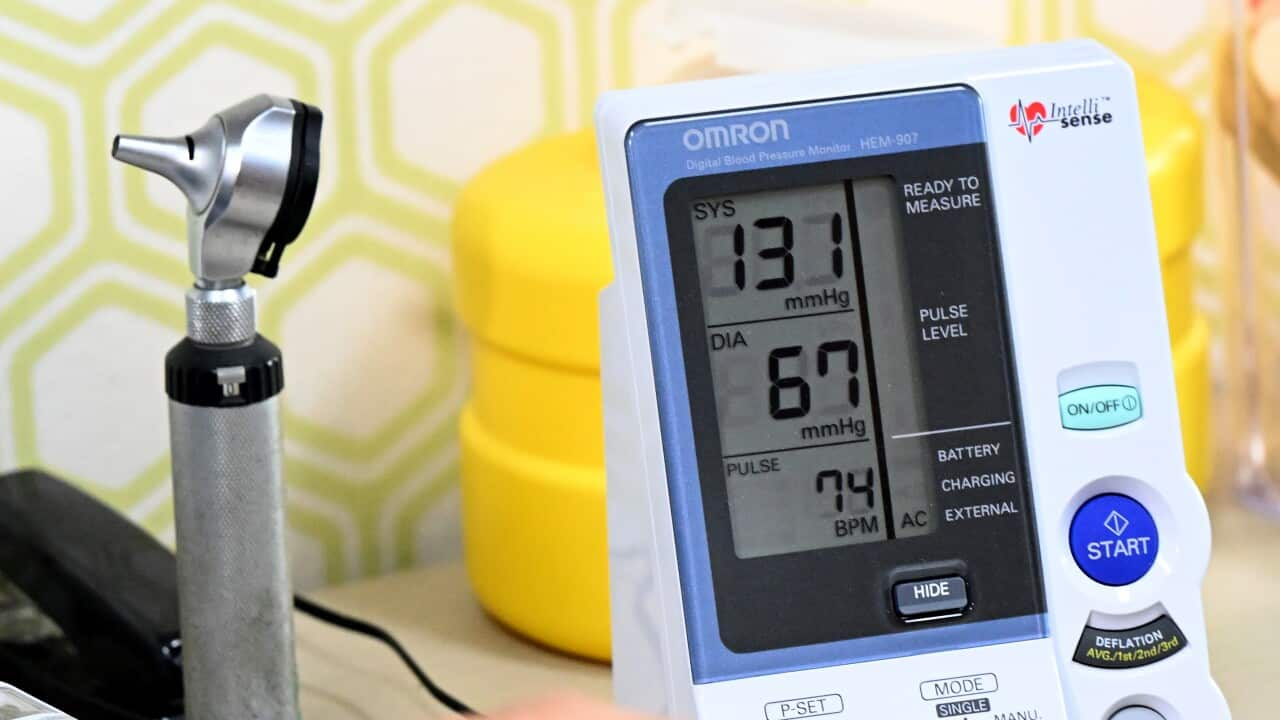The number of people undergoing elective surgery in Australia's public hospitals has hit a record high, according to new data from the Australian Institute of Health and Welfare (AIHW).
In 2023-24, there were 771,600 admissions from public hospital elective surgery waitlists, a 5 per cent increase from the previous year.
After a period of "considerable disruption" in the health system due to the COVID-19 pandemic, improvements in waiting times have also improved slightly, according to the AIHW.
But wait times for some procedures have increased, and the median wait times experienced by Aboriginal and Torres Strait Islander people was 10 days higher than for other Australians.
These are the top procedures — and how long patients are waiting.
What is elective surgery?
Elective surgeries are procedures deemed medically necessary but not the result of an emergency presentation.
They are planned surgeries and booked in advance and are often subject to delays.
Elective surgeries include — but are not limited to — procedures such as cataract extraction, hysterectomies, prostatectomy, tonsillectomy, hip replacements, knee replacements, and varicose vein treatment.
Most elective surgeries in Australia are done in private hospitals, but a large number are also done through the public system.
What are the most common elective surgeries?
In the 2023-24 year, 20 per cent of elective surgery admissions from waiting lists were for 'general surgery' on abdominal organs, including endocrine surgery and breast surgery.
Fifteen per cent were for urological surgery on organs of the urinary system such as the bladder, urethra and kidneys, while 14 per cent were for ophthalmology surgery on the eyes and optic nerves.
Cataract extraction accounted for 11 per cent of procedures for those admitted from an elective surgery waitlist.
The areas of surgical specialty that experienced the largest increase in admissions from elective surgery waitlists were vascular surgery and paediatric surgery.
The largest increase in elective surgery admissions compared with 2022–23 was seen in the ACT and Victoria, with 19 per cent and 10 per cent respectively.
The statistics do not include the Northern Territory, which has not yet finalised its data.
How long are patients waiting for elective surgeries?
For almost all intended procedures, waiting times decreased compared to 2022–23, but remain longer than wait times in 2019–20.
In 2023-24, 50 per cent of patients were admitted for elective surgery within 46 days, compared to 49 days in the previous year and 39 days in 2019-20.
But Aboriginal and Torres Strait Islander people experienced higher wait times, with a median of 56 days.
The procedure with the greatest decrease in wait times was total knee replacements, which decreased from 308 days in 2022-23 to 265 in 2023-24. But the wait time remains 42 days longer than it was five years ago.
Wait times for some procedures increased, with the average tonsillectomy patient now waiting 187 days for their surgery, up from 174 days in 2022-23 and 133 in 2019-20.
Patients waiting for a myringotomy — a type of eardrum surgery — also experienced an increase in wait times, with an average of 88 days in 2023-24. This marked an increase of six days from the previous year and 23 days more than five years ago.
In 2023-24, 6.4 per cent of patients waited more than a year to be admitted for elective surgery.











